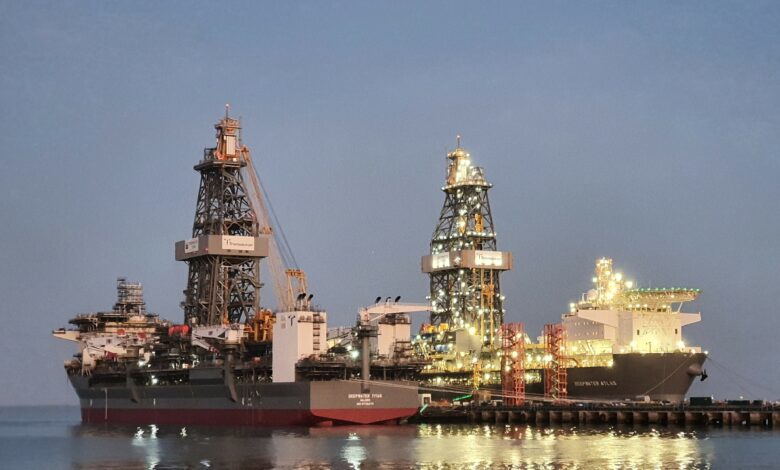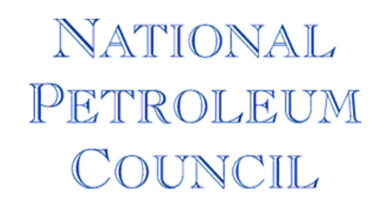To propel itself forward, drilling industry must look to technical innovations


By Jeremy Thigpen, 2022 IADC Chairman
Technological advances are often designed to further safeguard our employees or to deliver heightened equipment and systems reliability and operational efficiency, or to simultaneously advance both of these essential attributes as our industry explores, drills and produces the energy upon which the world relies. This is why many oilfield service companies commit their efforts, and financial resources, to drive continuous enhancements to existing technologies and to develop new, innovative technologies to support customers’ efforts to meet the world’s expanding energy demands.
The importance our industry places on technological advancements is on display each May in Houston at the Offshore Technology Conference (OTC), the premier event for exhibiting the latest scientific and technical knowledge in the offshore energy sector. Thousands of professionals from around the world collaborate at the four-day conference to discuss technical challenges and solutions. It is a truly inspiring event, and I encourage everyone in our industry to participate, using it as a prompt for incremental improvement of existing technologies and as a springboard for the exploration of new ideas that will invariably continue to propel our industry.
Everyone in the energy industry knows that we will continue to face challenges – some of which are not yet known. However, we possess the distinct advantage of having the best and the brightest minds to tackle these challenges and push us forward to further improve safety, reliability and efficiency while reducing fuel consumption and emissions. This continued technological advancement is especially important as the offshore drilling market enters a period of robust recovery amid strong demand and limited availability of the newest, highest-specification rigs.
At Transocean, we are nearing delivery of our two new eighth-generation drillships – the Deepwater Atlas and the Deepwater Titan. These will be the only two eighth-generation drillships in the industry, set apart by their ability to drill and complete 20,000-psi prospects with an industry-leading net 3 million-lb hoisting capacity. These attributes clearly reinforce Transocean’s position as the technological leader in offshore drilling – a position built upon a long history of technological innovation in constant pursuit of safety, reliability and efficiency.
Our company’s history includes the first dynamically positioned drillship, the first rig to drill year-round in the North Sea, the first semisubmersible rig for year-round sub-Arctic operations, the first 10,000-ft water depth rated ultra-deepwater drillship, as well as numerous water depth world records over the past several decades.
Innovation is a core value at Transocean. We continuously advance our leadership position by developing and investing in technologies that optimize our operational performance. An excellent example of a technology enhancement to improve operational performance is our automated drilling control system, which is currently installed on six of our harsh-environment floaters. This system materially improves our ability to safely and efficiently deliver better wells to our customers.
Additionally, we employ a data-driven approach across the company and have deployed our smart equipment analytics tool, which delivers real-time data feeds from equipment to monitor their health, inferred emissions and energy consumption, while identifying performance trends that allow us to systematically optimize equipment maintenance and achieve higher and more constant levels of reliability and operational efficiency.
Transocean has also developed and deployed its patented HaloGuard system, which sounds a series of alarms and, if required, halts equipment to prevent injury to personnel who move into danger zones. We also recently deployed the first unit of Enhanced Drilling’s EC-Monitor system to an offshore installation, which enables a highly accurate understanding of well fluid dynamics, improves the efficiency and accuracy of flow-checking, and detects flow anomalies. Additionally, in 2021, on one of our ultra-deepwater drillships, we deployed and tested the world’s first kinetic blowout stopper on a well, potentially representing a sea change in operational integrity and enterprise risk reduction through unrivaled shearing capability. Later this year, we expect to be the first to deploy offshore a robotic riser bolting tool on two of our ultra-deepwater drillships, improving our ability to deliver safe, efficient operations to our customers.
At Transocean, we believe that our efforts to continuously improve, and effectively use, innovative technologies are critical to maintaining our competitive position within the contract drilling services industry. By drilling more efficient wells, building greater resilience into our critical operating systems, ensuring the safety of our crews, and reducing fuel consumption and emissions, we are making improvements that benefit our company, our industry and the environment.
And as we work toward producing more energy with lower emissions, our entire industry recognizes that new and existing technology plays a role. It is clear that our industry must keep innovating, we must keep advocating, and we must keep educating to attract new talent and the necessary capital for the future of our industry. Most importantly, we must keep drilling to meet the global demands of a world whose economies and people rely upon the oil and gas we help produce each day. DC
HaloGuard is a service mark of Transocean.



